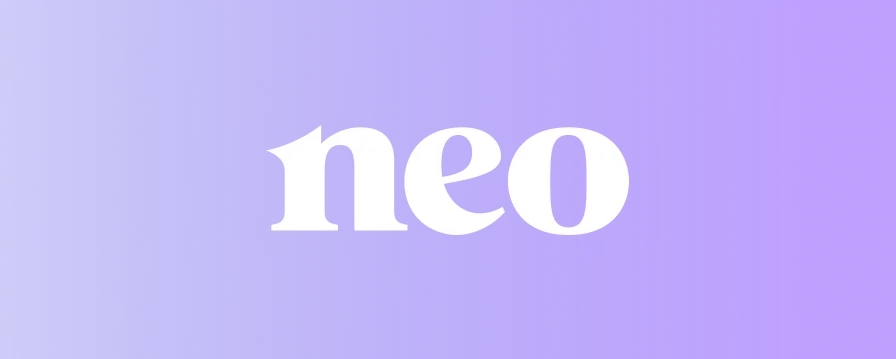Neo Financial Cuts Costs by 80% with a Materialize-powered Online Feature Store
Canada’s Neo Financial built an online feature store on Materialize, slashing fraud-stack costs 80 %, eliminating maintenance downtime, and unlocking sub-second decisions.
